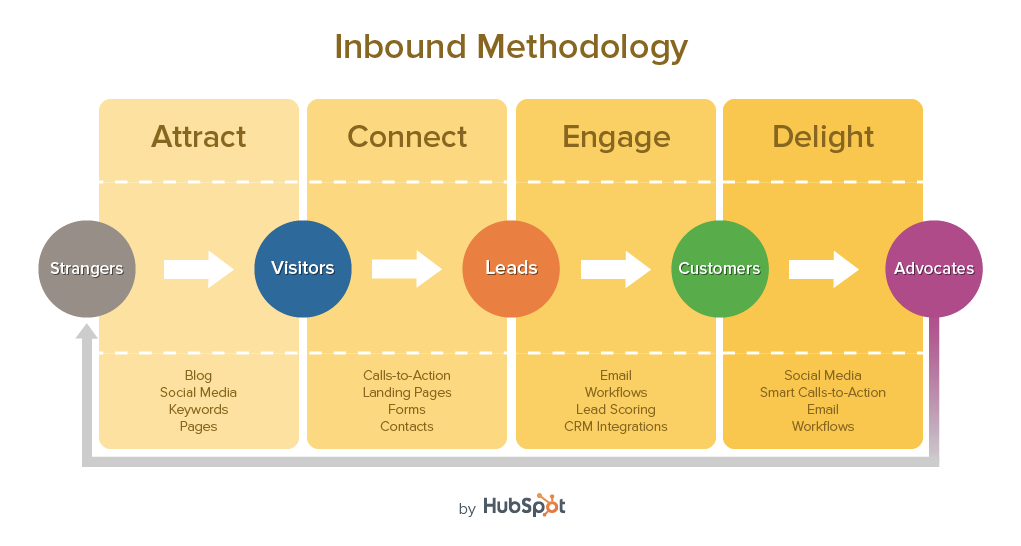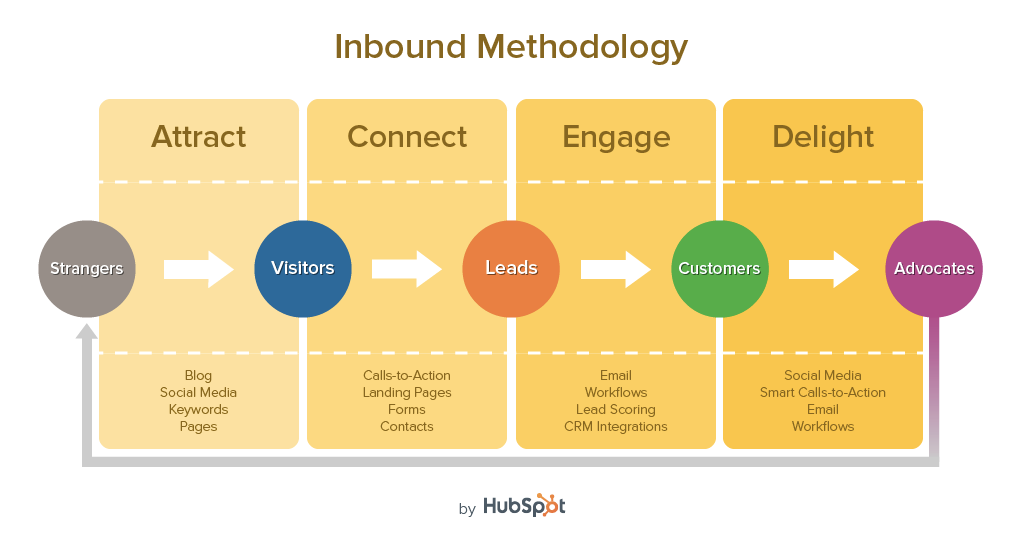
4 Ways Inbound Marketing Principles Can Be Applied Beyond B2B and B2C
January 29, 2016
By Mike Wolfe
Inbound marketing has changed the way businesses reach their target audience. Instead of interrupting them and demanding attention through traditional advertising, cold-calling and spam, inbound marketers earn the attention of their audience by providing content that the audience finds interesting. Inbounders use this content to drive traffic to their website, grow their database of prospects and nurture those prospects into qualified leads.
For businesses, this non-invasive and non-interruptive marketing method draws the audience closer and helps form lasting relationships.

It works for businesses, but couldn’t this same approach be used by other organizations to reach their audience?
Here are my thoughts on how principles of the inbound marketing methodology could be applied by other organizations to reach their audience and meet objectives:
Local Government (Municipalities)

Common goals for local government are to provide safe, sustainable communities and thriving local economies for their citizens. Instead of customers, local government’s audience is made up of current and potential citizens. In order to meet their goals, municipalities need to effectively communicate with their audience and have a pulse on the community’s needs–which can be challenging if relying solely on the small fraction of citizens that actually attend town hall meetings.
How could local government use the inbound methodology?
Local gov could earn the attention of citizens and expand their communication reach by becoming a one-stop shop for all types of community information. Sure, a municipal website should already include basic information about the community, but a blog that covers a wide variety of relevant topics can attract site visitors, help promote municipal services and build a database of contacts for future communication.
For example: Local gov could blog about the top local restaurants to eat at, then link to a business directory to promote local business. Or Local gov could create a how-to article on planning a family’s local summer activities, then link to local parks and rec services.
If website traffic is high, local gov can place more intensive content (such as ebooks or guides) behind brief forms to gather community feedback, grow their database of tuned-in listeners, create community personas, and segment future communication for tailored messages. Essentially, local government could use principles of the inbound methodology to attract and nurture citizens into becoming active members of the community!
Charitable Nonprofits

Charitable nonprofit organizations (NPOs) are often created to bring attention to a cause, to create a movement and/or to help those in need. In order to accomplish this, they need to reach their audience of donors, influencers and volunteers with messages that inspire action and help the movement grow. While it may be challenging enough to reach their audience through traditional advertising, it becomes even greater of a challenge when nearly 3 out of 4 donors leave and never come back.
How could charitable nonprofits use the inbound methodology?
Charitable nonprofits can earn the attention of their audience by sharing interesting and inspiring stories that convey the significance of their cause. The power of social media and video provide a lot of opportunity for generating awareness and directing traffic back to a website, but that’s only the first step of the inbound methodology. Charitable NPO’s can boost donor retention by segmenting their donors and nurturing relationships after a donation occurs.
For example: A charitable NPO could use the data in their donor database to create personas around things like giving history, campaign interest level, and communication style. Once personas are created, NPOs can use them to run targeted campaigns that are specifically tailored to the audience’s interests. They can also use persona information to create and share content that attracts more of of the particular personas that tend to donate more.
By capturing the right data, NPOs could use the principles of the inbound methodology to segment their audience into personas and nurture their audience with more personal and effective messaging.
Higher Education

Every year, educational institutions promote their brand to students in order to maintain or increase enrollment. With so many higher education options or career paths to consider, students can quickly become overwhelmed with messages from recruiters, counselors and parents.
How could higher education use the inbound methodology?
Higher education institutions could earn the attention of their audience by providing content that helps potential students weigh their options and make an informed decision.
For example: Higher education institutions could host a blog with tips, advice and guidance on everything from understanding the different types of schools out there, to finding money for tuition. Once an audience is attracted, additional, more in-depth, resources could be offered behind a form to grow a database of prospects who can be nurtured with similar content until they’re ready for a campus visit or a meeting with an admissions officer.
When an educational institution can take some of the pressure off potential students and help them make a sound decision on choosing the right career path, maybe it can establish itself as a viable option to consider when pursuing that career.
Your Personal Brand

When professionals market themselves, they can build a solid network of connections that help them advance in their career. Building a personal blog or online resume is becoming more and more of a common practice to showcase work and stand out among peers when looking they are trying to land a job. But in order for a personal blog to be effective, it needs to have traffic consisting of the right audience (potential connections and employers).
How could professionals use the inbound methodology to promote their personal brand?
Professionals can earn the attention of their audience, build their network, and stand out in a crowded market by developing content around industry related issues.
For example: Professionals blog about the most insightful things they have learned about their industry and how to work smarter or more efficiently. Not only does this information draw traffic to their blog, it also draws attention to them–which could help them get noticed by influential connections, corporate recruiters and potential employers.
See any patterns in these examples? Organizations of all types can use the principles of inbound marketing to attract, convert, close and delight their audience. What other organizations do you think inbound marketing principles can be applied?

About the author
Mike Wolfe is a Project Strategist at SmartBug Media helping clients find success through inbound marketing. Read more articles by Mike Wolfe.






